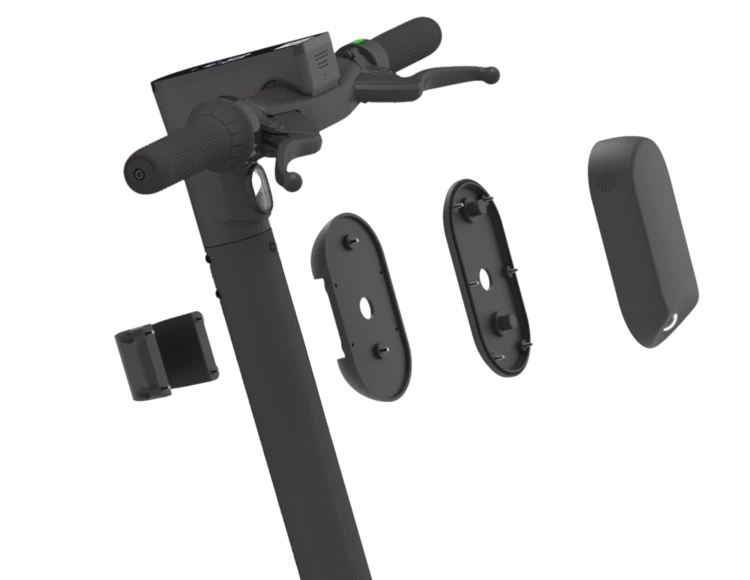A new "Pedestrian Shield" system will auto-adjust speed restrictions on rental scooters depending on whether they're on the road or the footpath, using cameras and AI-powered analysis to assess the environment, and using GPS to enforce no-ride zones.
Beam is rolling out a trial of the technology across its rental fleets in several Australian state capitals. Pedestrian Shield uses Drover AI's Path Pilot system, a module that claims it can identify streets, sidewalks and bike lanes out of the box using nothing but camera data – so nobody needs to painstakingly identify and precisely tag these areas to feed a GPS-based system.
From there, operators or city councils are free to impose whatever limits they see fit. Beam's example would allow 25 km/h (15 mph) on the street, and 15 km/h (9 mph) on footpaths.

The system can do a lot more, too. For starters, Drover can set it up to validate that users are parking their scooters in appropriate spots, using similar visual analysis to make sure, say, that they're parked either in a designated scooter spot, next to a bike rack, or within two feet of a curb. Likewise, if rental fleet operators are losing scooters after they're left in multi-storey carparks with poor GPS signals, or having trouble with clowns riding them through shopping malls, Drover can flick a switch to disable them in these environments.
This AI tech is designed to work just as well with rental ebikes as with scooters, and while there's something a little dystopian about the idea of having a compliance officer riding on board with you – and it'll certainly be annoying when the damn things go slow or stop when you want them to go fast, it does seem like an interesting tech solution that cities can roll out if they're having issues with pedestrians being mowed down by rogue rental scoot riders.
Overall, anything that can can clear the path to greater adoption of these clean, convenient urban transport options, while stopping them being ugly footpath-blockers in the process, is going to help take cars off the road, and that's good for everyone concerned.
Check out a video below.





